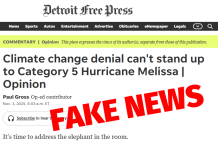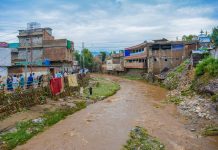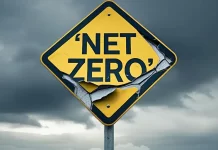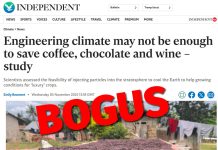A group of climate activists calling itself World Weather Attribution is claiming global warming made the 2019 Australian wildfires 30 percent more likely to occur than was the case 120 years ago. The leftist establishment media is having a field day promoting the claim as sound science. However, objective data from the Australian Bureau of Meteorology blows the activist group’s claims out of the water.
Almost all of Australia has seen an increase in rainfall during the past 120 years. The chart below, published by the Australian Bureau of Meteorology, clearly shows this.

Also, since the year 2000, Australia has been much more likely to experience wetter-than-normal conditions than drier-than-normal conditions. The chart below, published by the Australian Bureau of Meteorology, clearly shows this.

Alarmist trickery with cherry-picked numbers and jerry-rigged computer models don’t change the fact that Australian rainfall has increased and drought years have been much less frequent as the Earth modestly warms. Rather than making Australian wildfires more likely, global warming is making Australian wildfires less likely.













Overall, your comments align well with the objective historic data from official Bureau of Meteorology web sites. Yours are broad, brief comments. Those seeking argument can, if they are keen enough, find detailed short term exceptions to your general statements, so the arguments can proceed to be unresolved.
Suggestion – send this summary and others like it to the BOM and ask for their comment (if any) beforehand. Geoff S
Activists tend to show the rainfall trend from 1970 as the 70s was the wettest decade in Australia on record.
There is so much variability in rainfall that you couldn’t attribute a value like 30% due to warming. In fact, it’s variability that makes Australian forests so fire prone.
Land management is the single biggest issue that we face when it comes to fires in SE Aust. I say that as a landowner and forty-year volunteer firefighter.
Whether the climate is changing or not , it is the one thing that we can do to affect the outcomes in a naturally fire-prone environment.
The more that alarmists claim to “know” that things are getting worse, the more responsibility they have to promote effective land management policies to mitigate the extend and severity of fires. Instead, they attempt to hijack attention and resources for their own agenda, leaving us to pay the price and pick up the pieces.
Those in authority are far too likely to embrace “climate change” is an excuse for their own failure to manage the landscape. By far the majority of severe fires were in forested public land with high fuel loadings and very limited access. Even a casual glance at the fire distribution map of Eastern Australia shows that 98% of the affected area was in the coastal ranges, and only a tiny fraction in the hotter, drier inland plains.
Pardon the long comment, but I have seen many such discussions and posting this information early, is useful.
PeterW.
When presented with the fact that Australia has seen increased rainfall by one of your ministers, the idiot weather girl, Tobin, on UK TV said “so an increase in extreme weather”.
Dear oh god, an increase in rain in a very dry country is more extreme? This girl, and all climate alarmists are utter fools, who humiliate themselves with every utterance they make.
I’ll have to disagree a bit with the article. In the PNW we have to worry about really wet springs coupled with really dry summers. Extra spring rain promotes brush growth which then gets tinder dry if we don’t get much summer rain. Those are the months where we have to put out warning signs to not even fart in the woods for fear of starting a fire.
When it rains is just as important as how much rain when it comes to fires.
FYI, like the new site.